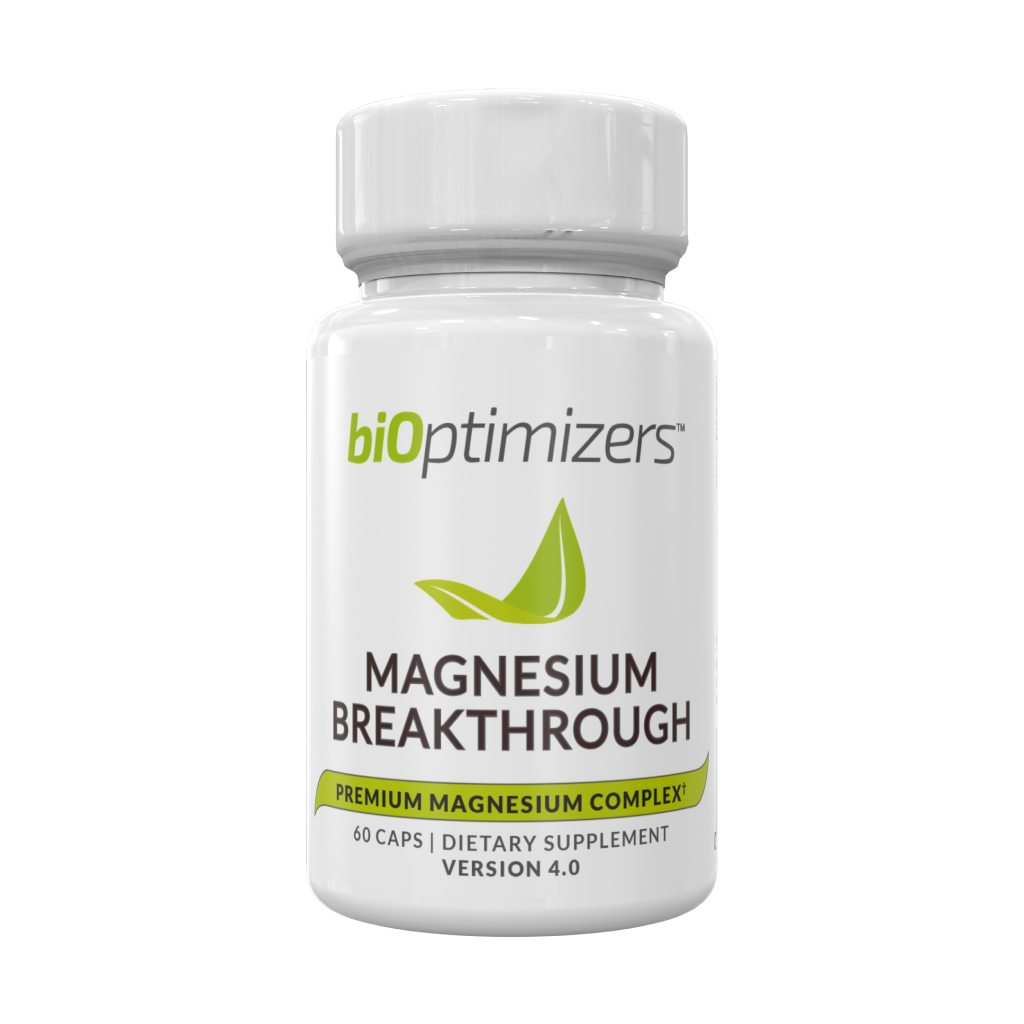
What Is a Magnesium Supplement Good For?
Magnesium is an essential mineral that is involved in over 300 enzyme systems and basic processes. Most of

Magnesium is an essential mineral that is involved in over 300 enzyme systems and basic processes. Most of
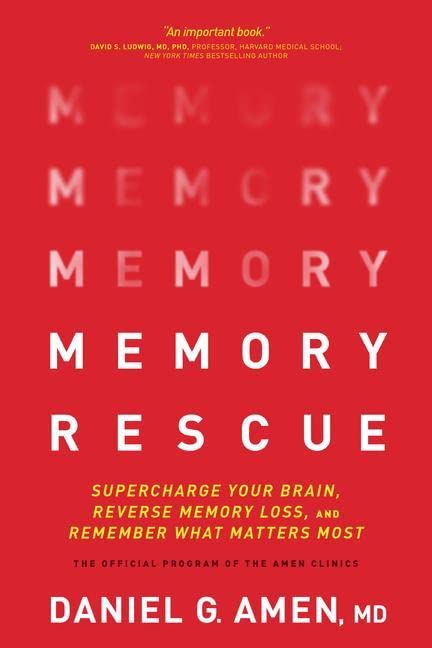
Memory Rescue is a book written by Daniel Amen, a renowned neuropsychiatrist, and founder of the Amen Clinics.
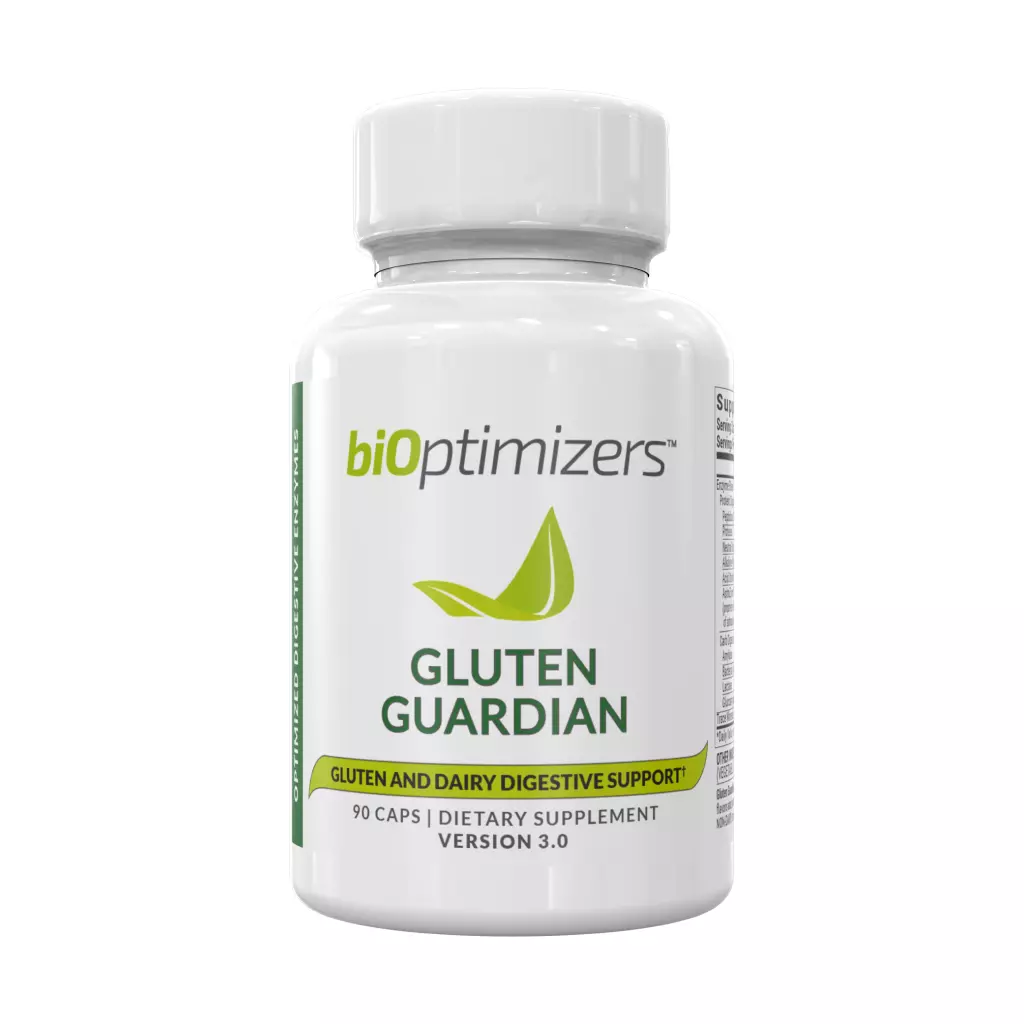
Gluten is hiding in many of your favorite foods that you eat on a daily basis Everyone nowadays knows
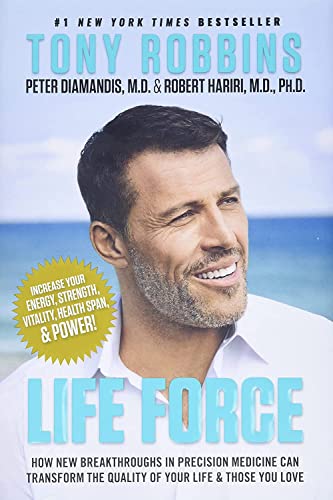
“Life Force” is the latest book written by Tony Robbins, Peter H. Diamandis and Robert Hariri. The book
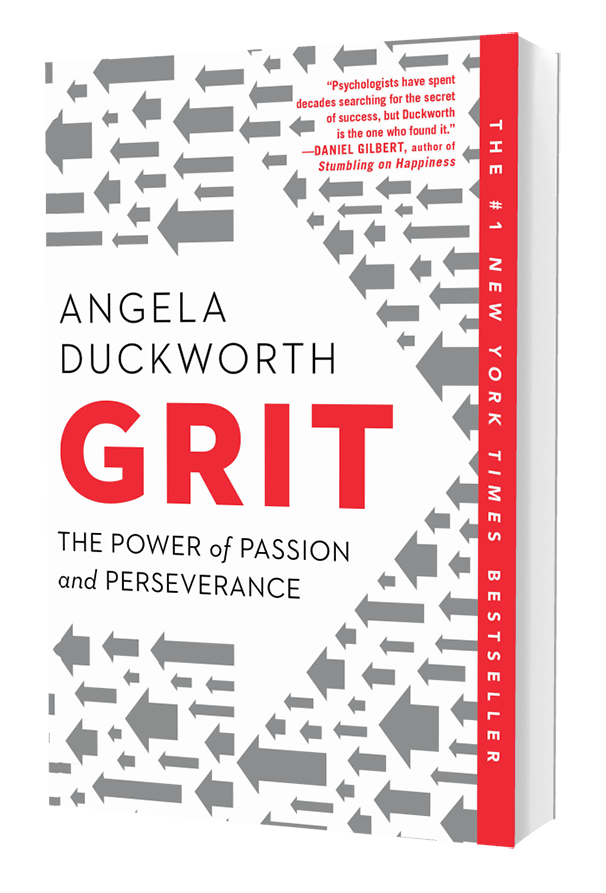
“Grit: The Power of Passion and Perseverance” by Angela Duckworth is a highly acclaimed book that explores the

How many of us think about how our food gets digested? As we finish chewing and swallowing, our

I was arrogant and foolish to think I could do it on my own all these years. I have now immersed myself into a network of quality people who I want to help succeed and they want the same for me.
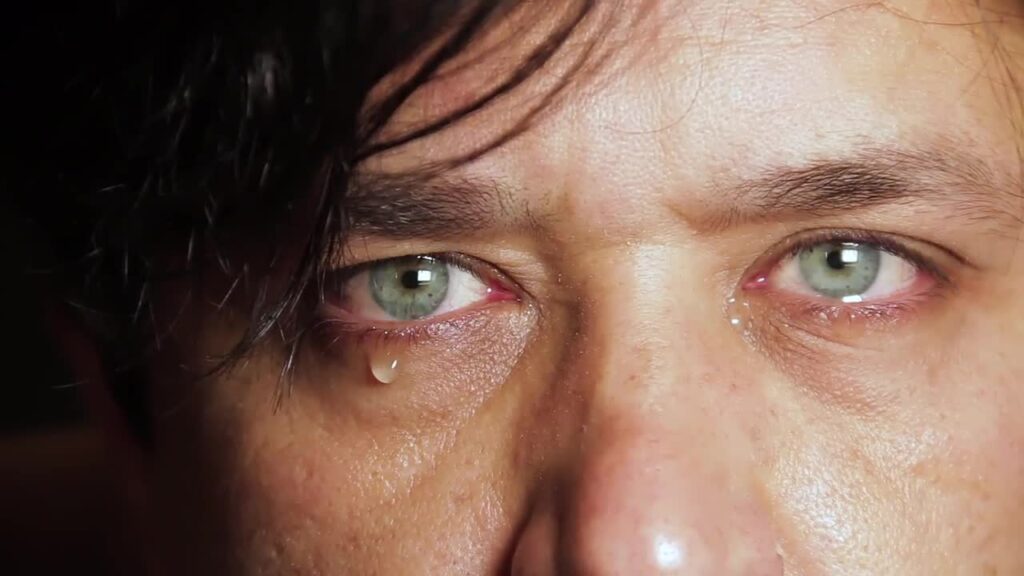
I cried again in front of the room, this time it was around not being the father I wanted to be and how I desperately wanted to improve my relationships with my kids and spend even more time with them.
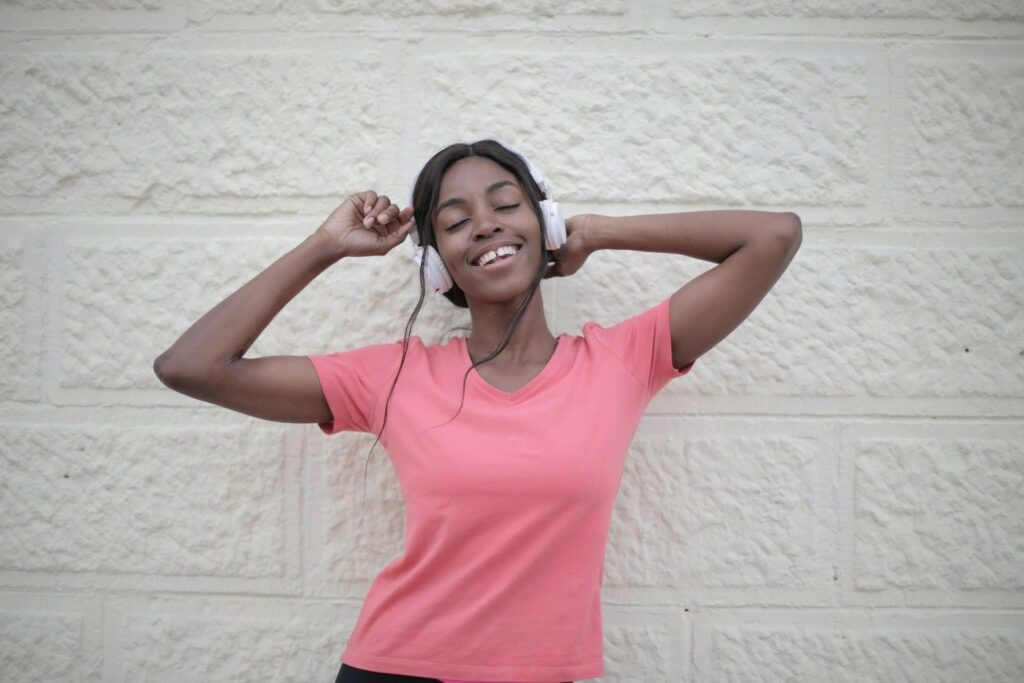
Consider the following tips for making your home, mind, and social life places of refuge rather than areas of additional stress during the busy holiday season.
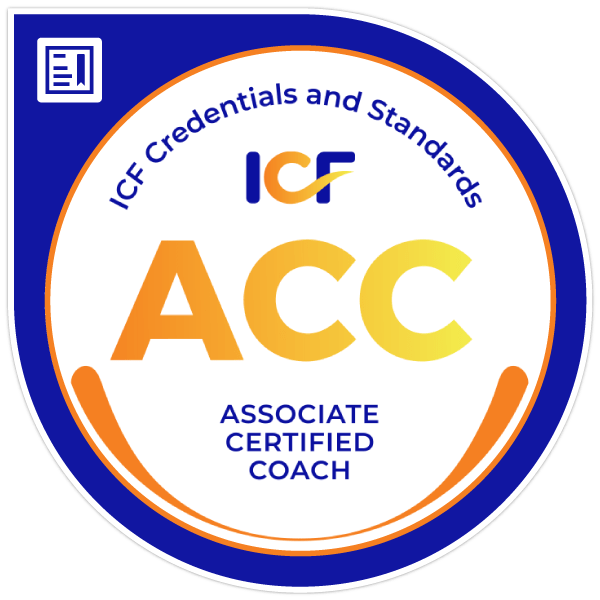
A certified coach keeps you on track, but lets you lead your own discovery and the steps you need to take for yourself. There is no program to follow, your journey and experiences are unique and your insights and advancement will come when you are ready.
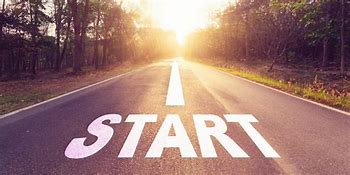
And then boom…I can’t bend over, I can’t put on my socks, I can’t tie my shoes, I can barely get off and on the toilet…but worst of all, when my youngest daughter was a baby, I couldn’t pick her up from her crib.

What dragons exist in our lives now. It could be any number of things for many people, some might include: trauma, poverty, homelessness, anxiety, poor relationships or health challenges.
